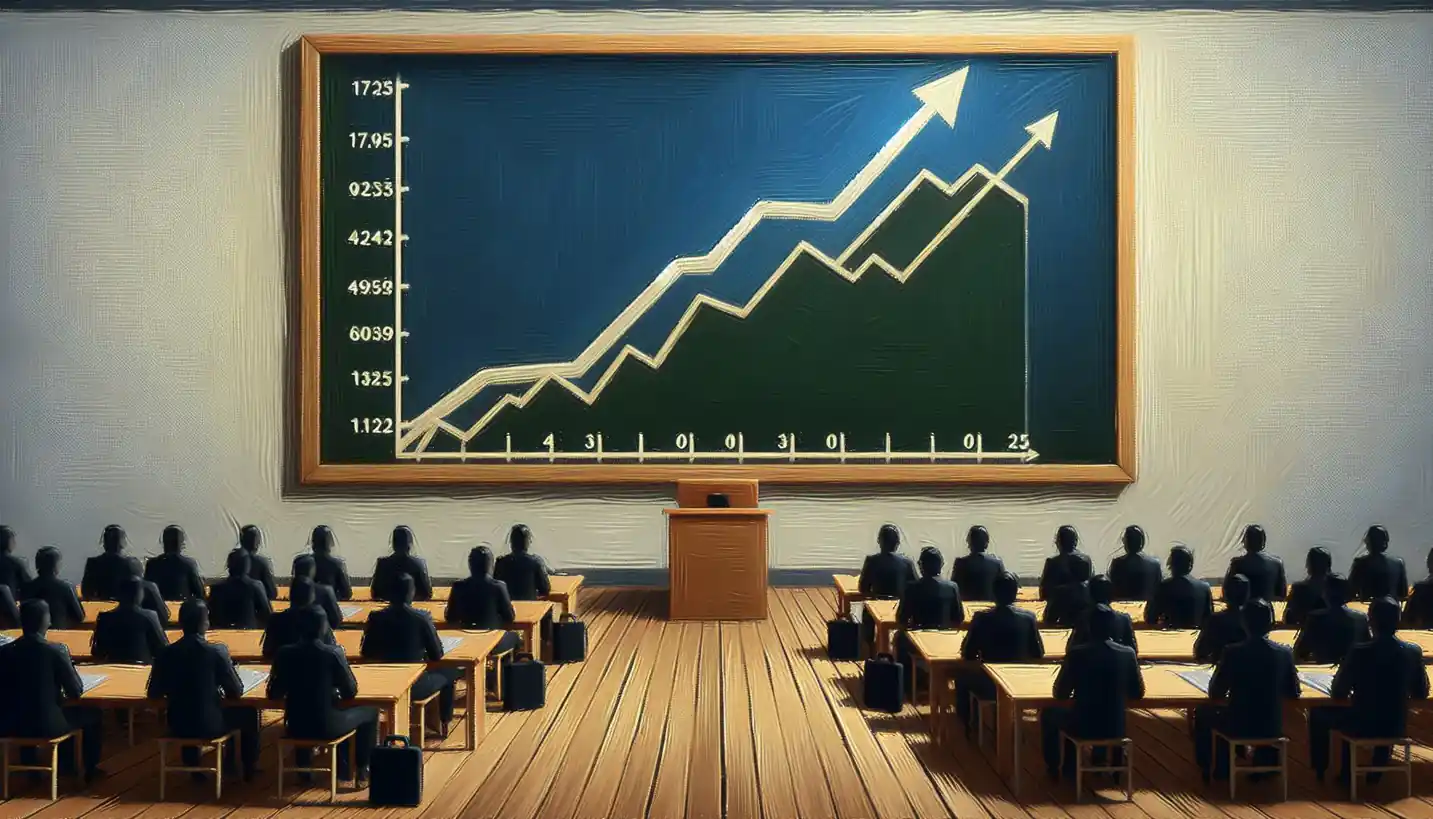· Economics · 5 min read
Dual-System Theory: Understanding Our Decision-Making Minds
Dual-system theory explains our complex decision-making processes. Learn about the interplay between fast and slow thinking in economics.

Picture yourself standing in the cereal aisle at the grocery store, faced with dozens of choices. Do you grab the sugary option based on impulse or take your time to read through the nutrition facts on the healthier choice? This simple scenario is where dual-system theory in behavioral economics comes into play. It’s like having two minds at work, each tugging in a different direction.
What Is Dual-System Theory?
At its core, dual-system theory suggests that our brains have two distinct systems for processing information and making decisions. Think of them as the fast and slow systems. These two systems have different roles but often work together—or at odds—to help us navigate the world.
System 1: The Fast and Intuitive System
This system operates like the autopilot in an airplane. It’s quick, instinctive, and often operates without our conscious awareness. For instance, when you see a friend’s face in a crowd, you recognize them instantly without needing to think about it. This system is all about snap judgments, gut feelings, and immediate reactions. It’s great for quick decisions that don’t require heavy lifting in terms of thought.
System 2: The Slow and Analytical System
Now, think of System 2 as the meticulous planner. It’s deliberate, analytical, and takes its time to weigh options and consider consequences. This is the system you engage when you’re solving a complex math problem or planning a detailed budget. It’s the slow thinker that can override impulsive decisions when you need to be more careful.
Why Dual-System Theory Matters in Behavioral Economics
Behavioral economics explores how real people make choices, often in ways that don’t fit traditional economic models of rational behavior. Dual-system theory dives into the psychological underpinnings of our decisions. Here’s why it matters:
Understanding Irrational Choices
We often believe we’re making rational decisions, but our biases and emotions can cloud our judgment. Dual-system theory helps us understand why we might choose something against our best interest. Sometimes, System 1’s quick decisions can lead us astray. For instance, buying a luxury item on a whim might seem like the right choice at that moment, but later, we realize it wasn’t the best financial decision.
Impacts on Marketing and Advertising
Companies leverage these insights to craft marketing strategies that appeal to both systems. An emotional ad might engage System 1’s instincts, while detailed product information appeals to System 2. By tapping into both systems, marketers can better influence consumer behavior.
Real-Life Examples of Dual-System Theory
Let’s look at some everyday scenarios to illustrate the dual-system theory in action.
The Snack Conundrum
Imagine you’re hungry and heading to the vending machine. You spot a chocolate bar and a granola bar. Your quick, intuitive System 1 might lead you to grab the chocolate without much thought. However, if you engage System 2, you think about the nutritional content and opt for the healthier granola option.
Driving Decisions
While driving, you react instantly when a pedestrian steps onto the road—this is System 1 at work. But when you decide the best route for a long trip, you engage System 2, considering traffic, distance, and perhaps even fuel efficiency.
The Evolutionary Perspective
The dual-system theory can also be traced back to our evolutionary past. Our ancestors needed quick, instinctive responses to survive immediate dangers. However, when planning for the future, like storing food for winter, a slower, more analytical approach was necessary. These systems evolved to help humans survive and adapt to complex environments.
The Role of Emotions
Emotions play a critical role in our decision-making processes. They’re closely tied to System 1, which explains why emotional reactions can be powerful and immediate. Understanding how emotions influence our choices helps decode the often unpredictable human behaviors seen in economic settings.
Challenges and Criticisms of Dual-System Theory
While the dual-system theory provides a helpful framework, it isn’t without its criticisms. Some argue that the theory oversimplifies the complexities of human cognition. Others suggest that it’s difficult to draw a clear line between the two systems, as they often overlap and interact.
Future Directions in Behavioral Economics
The dual-system theory opens the door to numerous research possibilities in behavioral economics. Future studies might focus on how different environmental factors influence the activation of one system over the other. Researchers could also explore interventions to help individuals better balance these systems, potentially leading to more effective decision-making strategies.
Enhancing Everyday Decisions
Recognizing the presence of these two systems in our daily lives can be empowering. By acknowledging the tug-of-war between fast and slow thinking, we can strive to make better decisions. This awareness might help us avoid impulsive buys, make healthier lifestyle choices, and improve our financial planning.
Conclusion: Embracing Our Dual Minds
So, the next time you find yourself torn between impulse and analysis, remember the dual-system theory. It’s your inner autopilot and planner each vying for control. By understanding and harnessing these two systems, we unlock the potential for more informed and balanced decision-making. Whether it’s choosing the right breakfast cereal or making significant life choices, embracing our dual minds can lead us to a clearer path forward.



